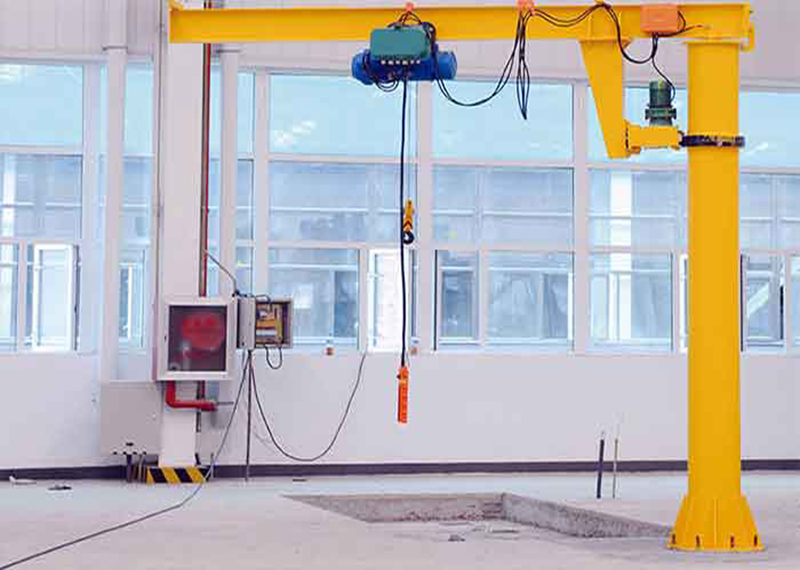
What is the jib Crane Cost?
What is the jib crane price? What affect slewing jib crane price? Check jib crane price list of 500kg, 1 ton, 2 ton, 3 ton, 5 ton, 10 ton up to 20 ton. For specific jib crane price,please feel free to contact us.
Jib cranes are a cost-effective way to move items between work areas or inside particular work areas. Under overhead cranes, they can also be used as supplemental lifting mechanisms. Jib cranes are available in a range of forms, ranging from completely self-supporting jib crane, wall travelling jib crane or wall mounted jib crane.
What affect jib crane price?
Because each customer's actual working conditions vary, the price of a jib crane of the same tonnage will vary as well. The following elements contribute to the price difference: lifting capacity, span, lifting height, power supply, actual working environment, and unique requirements of the customer.
Capacity: The application's maximum weight should never exceed its rated capacity/design weight. The capacity rating is based on a design load that comprises the crane's capacity rating plus 15% of the capacity to account for the weight of the hoist and trolley, as well as 25% of the capacity to account for additional impact. The deflection is calculated using a design load that includes the capacity + 15% of the hoist and trolley capacity. Ascertain that your crane's maker is employing design parameters that allow for the least amount of deflection in order to avoid compromising the crane's performance.
Height Under Boom (HUB): The distance between the floor and the boom's underside. When choosing your HUB, keep the size of the hoist and the amount of lifting distance in mind.
Overall Height: The crane's height at its highest point after installation. Any attachments, such as electrical entrance, should be carefully considered to ensure complete rotational potential and the absence of above impediments.
Working Span: The maximum distance a hoist trolley can move along the boom of a jib crane. Consider the hoist's size as well as the required trolley travel distance. From the end of the beam to one-half the trolley length from the head assembly or vertical support member of the jib, the working distance or hook distance is roughly one-half the trolley length.
Boom Rotation: Jib cranes, both freestanding and mast-type, can rotate 360 degrees. Jibs that are wall-mounted offer 200-degree rotation, whereas articulating jibs offer 360-degree rotation on the inner and outer arm (freestanding and ceiling-mounted), as well as 360-degree rotation on the outer arm and 200-degree rotation on the inner arm (freestanding and ceiling-mounted) (wall-mounted).
Requirements for power:Is there a limit to how much power is required? Is rotation, trolley, or hoist power required, or all three? (A standard powered jib rotation speed is about 1/2 RPM.) How will the energy be delivered? Is it better to enter from the bottom or the top? Is it better to use electricity or air?
Weatherization: Is it necessary to weatherize the system or its electrical components for outdoor use?
Installation: Can the crane be put together quickly to save money? The type of crane to be used will also be determined by the site in order to ensure proper installation. Freestanding jibs necessitate reinforced concrete foundations, which might be more expensive than the crane.


